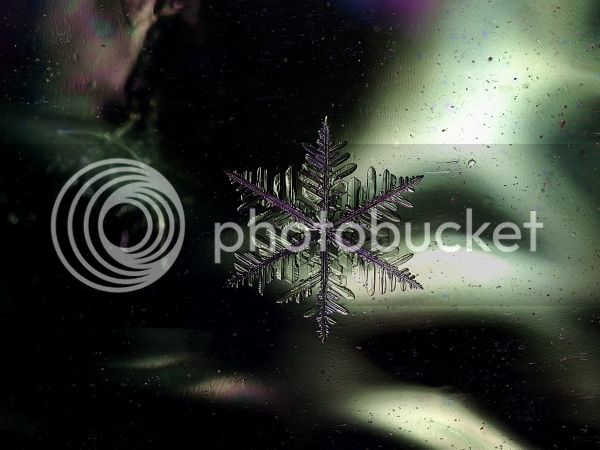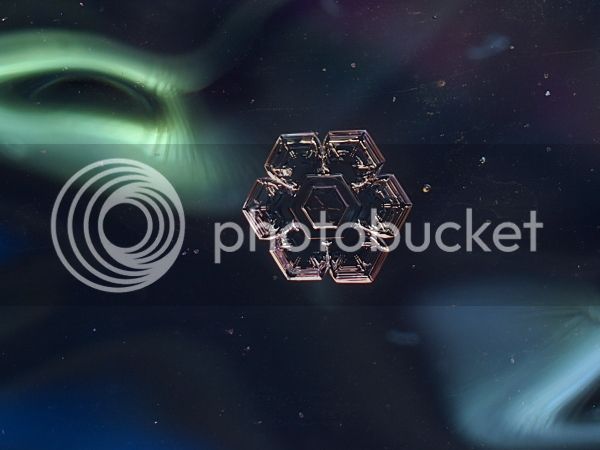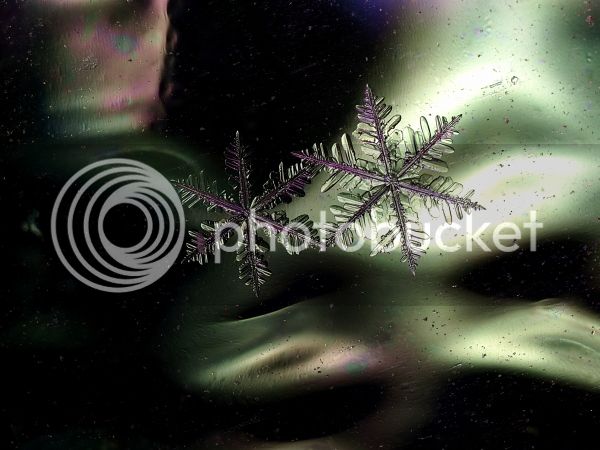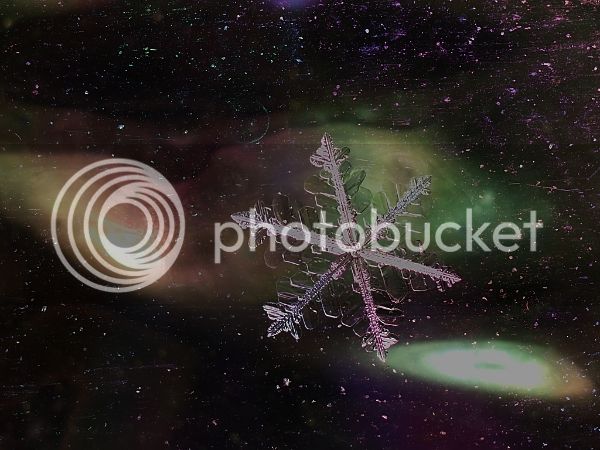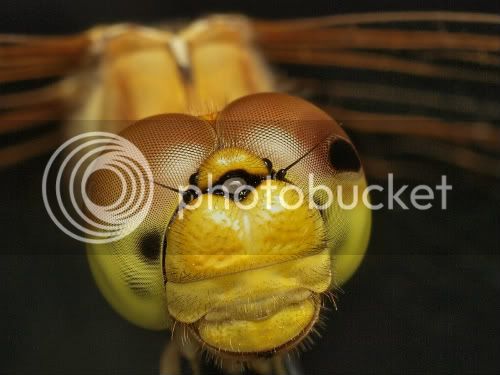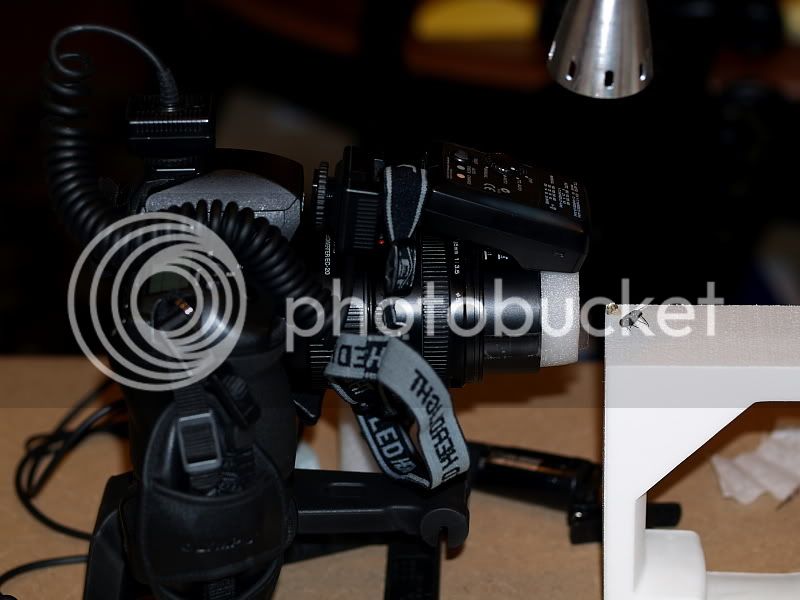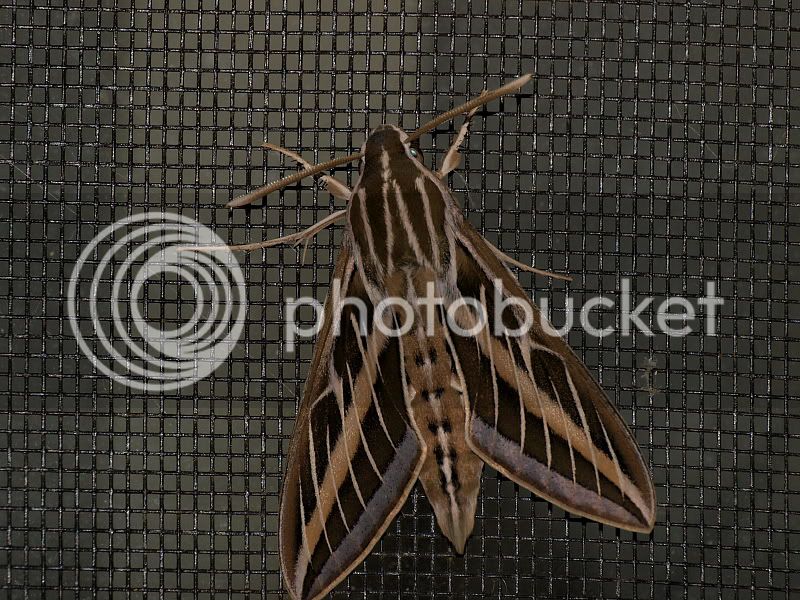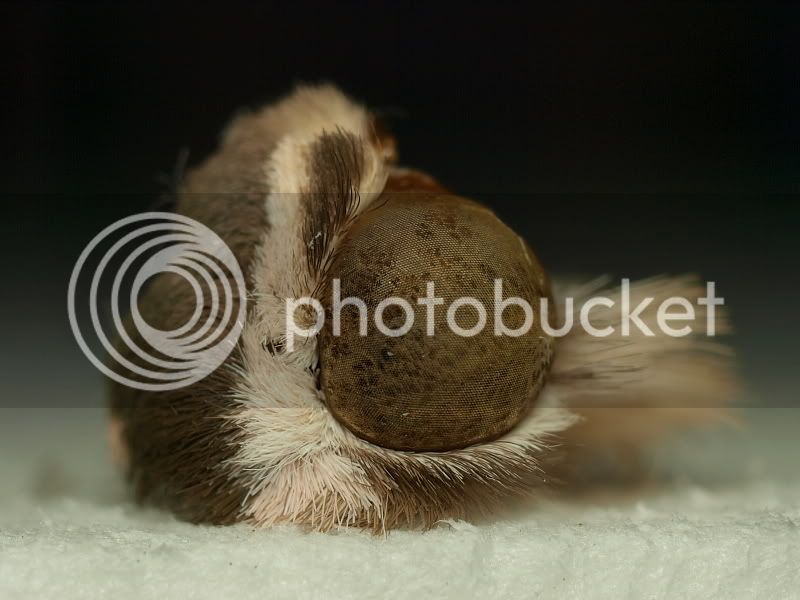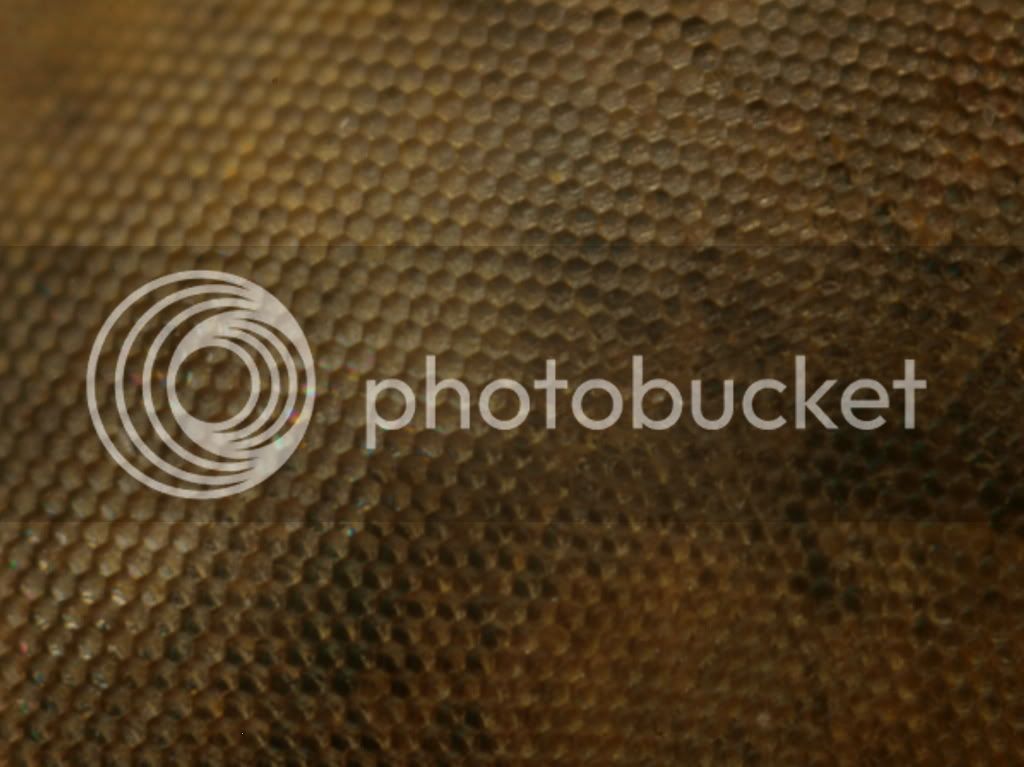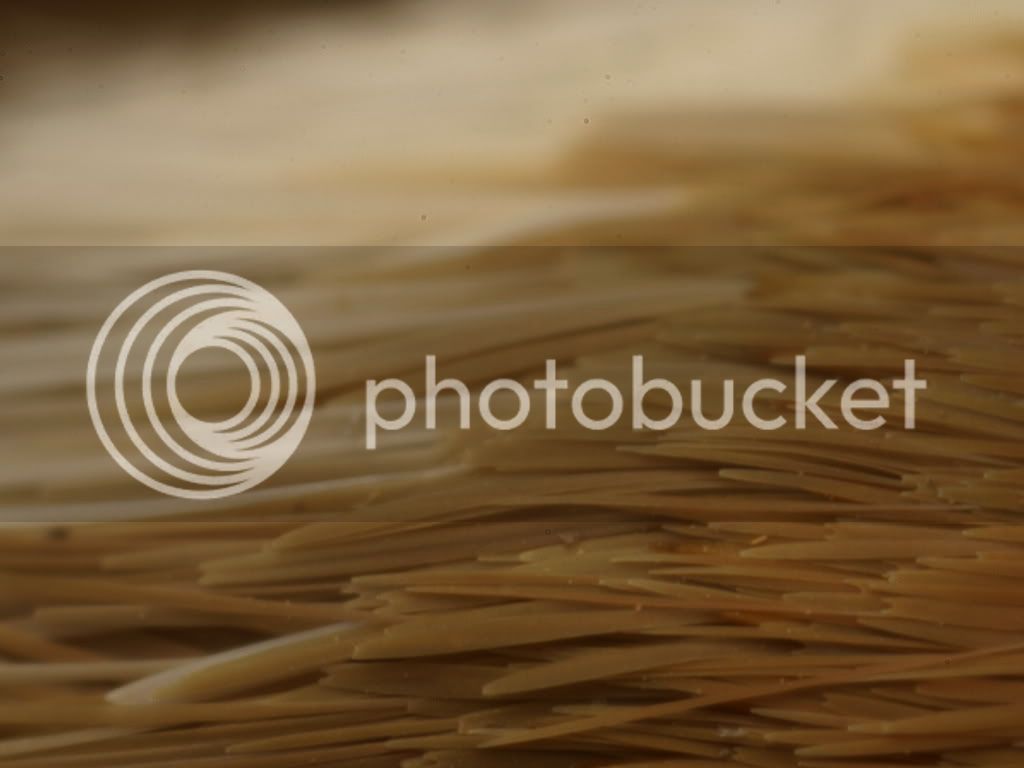Wow, just your short post makes me want to respond to so much.
Finding your photography on the web
We used to use the website tineye.com that could locate the same photo out on the web. We would upload our photo, then it would search the web for the same photo. It was very useful when your photo was picked up by the wire services, such as AP (Associated Press). We knew when the AP picked up a photo because it would be posted on the service and you would be paid for the Rights. But you never knew who or what publications where using your photo from AP. We would use the photo finding website to see where your photo was running. We would also use google alerts to see if your “credit” ran somewhere.
I've been published allover the world, including the Washington Post, Miami Herald, New York Times, Science Christian Monitor, an Francisco Canonical, even ABC News. I wouldn't know about half of them if it wasn't for tineye and google alerts
If any of you use tineye and find someone is using your photography I encourage you to contact the source to see if they would like to pay you for the use of your photo and purchase Rights from you.
Olympus
Olympus makes great cameras. We had to buy our own gear, accept for some very expensive pool lenses (300mm f2.8) So I shot with Nikon. But that backpack with two bodies, lenses and two speedlights came in at 60 to 80 pounds. The camera I used for personal use and hiking was four thirds. Olympus E300 and two lenses along with a Lumix LX1 with a Leica lens. Much smaller and easier to carry.
Weddings
At the risk of turning your hobby into a job, could I be so bold to suggest you are already an accomplished macro photographer, so why shoot weddings? I'm done as a photographer, I'm 100 percent disabled and sold or gave away all my pro gear. But I'd like to share an idea I had regarding macro photography.
Macro business
If your in one place (living) you could start an on-line mail order macro photography business. Companies and people could mail you their products (insured if needed) and you shoot them. Send them some small, low resolution proofs to see if the like it. Get paid and mail the products back.
If your boondocking, you could start an “on location” macro photography business. By showing up at the office, warehouse or manufacturing plant you could save clients a lot of money and time that would normally go to a studio,,, if they can even find a photographer in their city that can shoot macro. Let your clients dictate your travel plans,,, and pay you for it. They need rush service or for you to go out of your way?,,, prices just doubled.
DIY macro lighting
Everyone has a cmera now days, lighting is what will set you apart from the crowd. The photos below are macro photography I did using a DIY lighting setup I came up with. I used some audio fiber optic cable I purchased at a big box home improvement store. I cut it into three equal lengths. Took a speedlight (flash) and a speedlight hood and glued a piece of black plastic over the front. Then drilled three holes and inserted the three fiber optic cables. Finally I used locking zip ties on the front and back side of the optic cables so they would stay in place. Be sure not to get any glue on the bottom the flash hood so you can take it off and use your speedlight normally. Now you have three lights (cables) you can use for macro photography. If you want to see where your lights are shinning put a flashlight in the hood, it will also light up the optics cables, then replace the flash when your ready to shoot.
The setup below is on location shooting a Bic Razor, reverse mount Nikkor 50mm f1.8. The other two, a dandelion and an IBM Select typewriter head reverse mount Nikkor 24mm f2.8, where shot in my home. But all used the same fiber optic lighting setup I put together. Photos have been scrubbed clean of all meta data using xnview.
Please excuse any typos and grammar – brain injury. Thanks … sorry for being so long.




